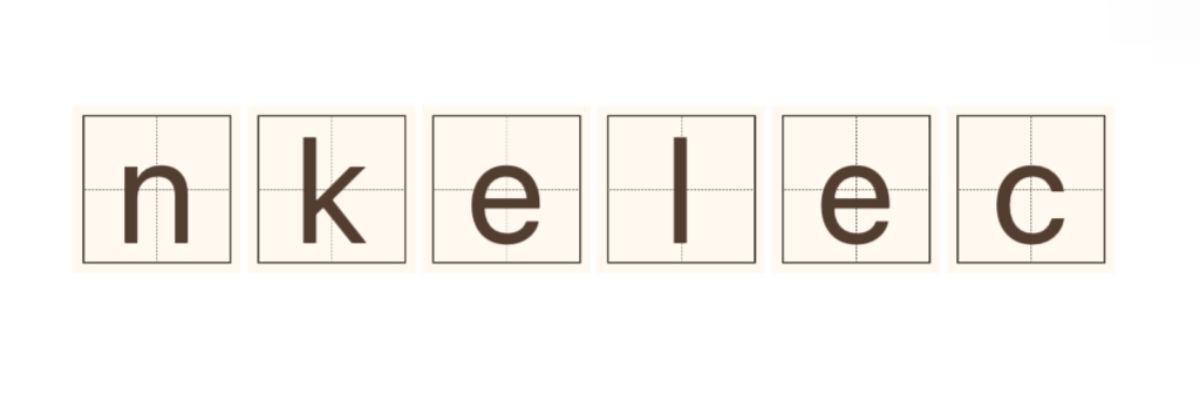What Is a Plug Gauge Go No Go and Its Uses?
Jun. 20, 2025
In the world of manufacturing and quality control, precision is paramount. One tool that plays a crucial role in ensuring the accuracy of components is the plug gauge go no go. This instrument helps engineers, machinists, and quality inspectors verify the integrity of holes in various materials.
For more information, please visit plug gauge go no go.
Understanding the Plug Gauge: Go and No Go
A plug gauge is a cylindrical tool used to check the dimensional tolerance of holes. Each gauge consists of two ends: the "go" end and the "no go" end. The "go" end is designed to fit snugly within the hole if the dimensions are within the specified limits, while the "no go" end should not fit at all. This simple but effective design allows for quick and reliable validation of hole sizes.
The Importance of Precision in Manufacturing
In industries like aerospace, automotive, and medical devices, the importance of precision cannot be overstated. Components must fit perfectly to ensure safety and functionality. Consequently, tools like the plug gauge go no go are vital in maintaining high-quality standards. Using these gauges not only minimizes defects but also helps meet regulatory compliance and enhances customer satisfaction.
Applications of Plug Gauge Go No Go
Plug gauges are used across various industries, each with specific requirements. Some of the key applications include:
- Aerospace: Ensuring that fuel and hydraulic line fittings meet exact specifications.
- Automotive: Verifying hole sizes in engine and transmission components that must fit tightly for optimal performance.
- Manufacturing: Checking the dimensions of tooling and dies to maintain quality in large-scale production.
- Medical Devices: Ensuring precision in surgical instruments and devices that require meticulous dimensional accuracy.
Using a Plug Gauge: Step-by-Step
To effectively use a plug gauge, follow these simple steps:
- Preparation: Clean the hole to remove any debris or contaminants that might affect the measurement.
- Testing the Go End: Insert the "go" end of the gauge into the hole. It should fit without excessive force.
- Testing the No Go End: Now, try to insert the "no go" end. It should not fit at all. If it does, the hole is too large.
- Document Results: Always record your measurements to create a quality control log for traceability.
Promoting Best Practices in Quality Control
For those in the industry, sharing experiences and insights can enhance the understanding of measurement precision. Collaborating with influencers and content creators who specialize in manufacturing and quality assurance can help spread knowledge about effective testing methods using the plug gauge go no go. Engaging with platforms such as LinkedIn, where many professionals share their expertise, can also create valuable connections.
Challenges and Limitations
While the plug gauge is an excellent tool for checking hole dimensions, it does have limitations. For example, it cannot gauge the quality of the material or check for irregularities within the hole itself. Additionally, for very small or intricate parts, specialized gauges might be necessary.
Conclusion: The Future of Precision Measurement
As technology continues to evolve, so will the tools used for precision measurement. The plug gauge go no go will remain an essential instrument in maintaining high industry standards. Embracing modern techniques alongside traditional methods will ensure that quality control processes remain robust and effective.
By understanding the use of plug gauges and collaborating with industry leaders, manufacturers can achieve greater precision and reliability in their operations.
Want more information on carbide gage pins? Feel free to contact us.
48
0
0

Comments
All Comments (0)